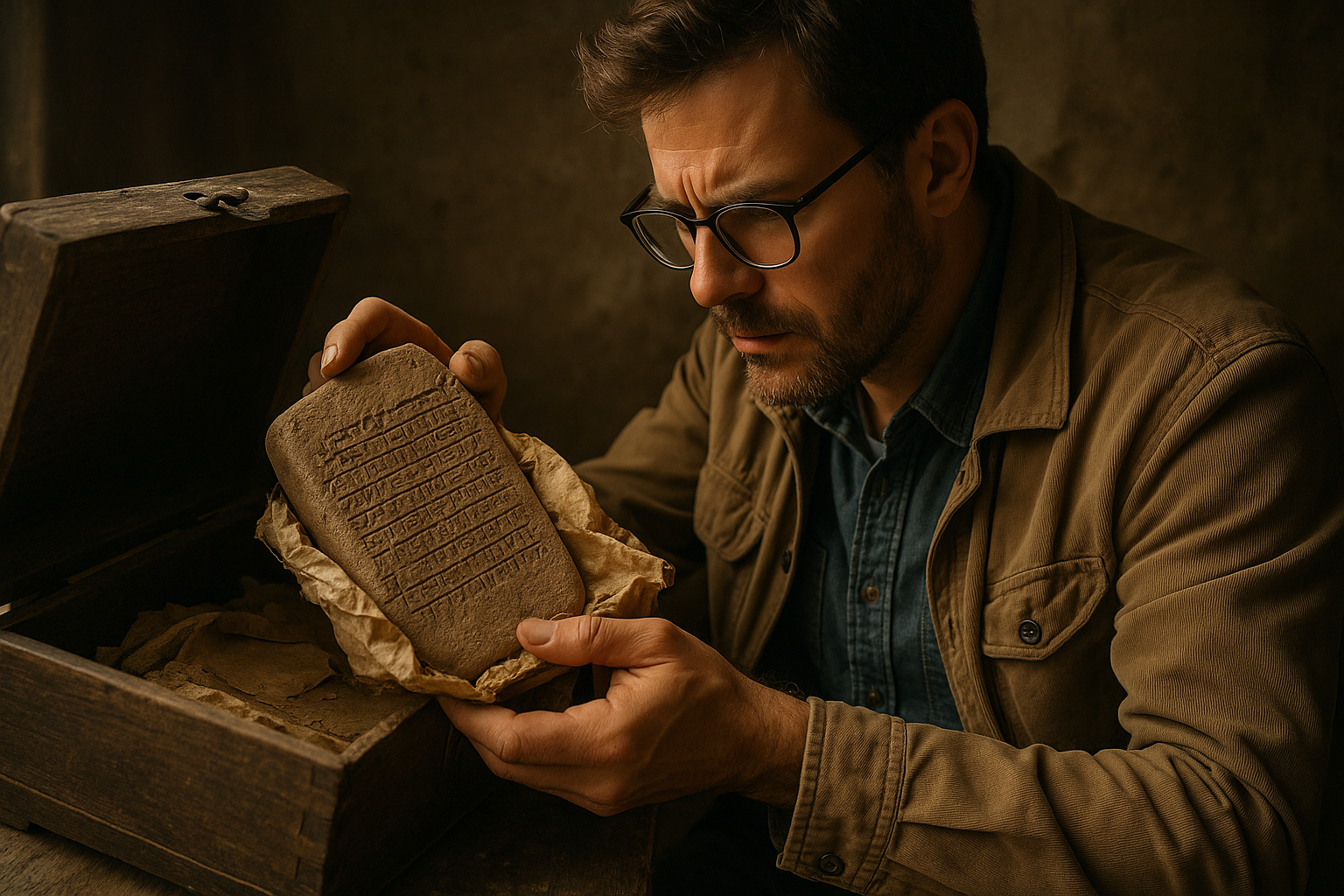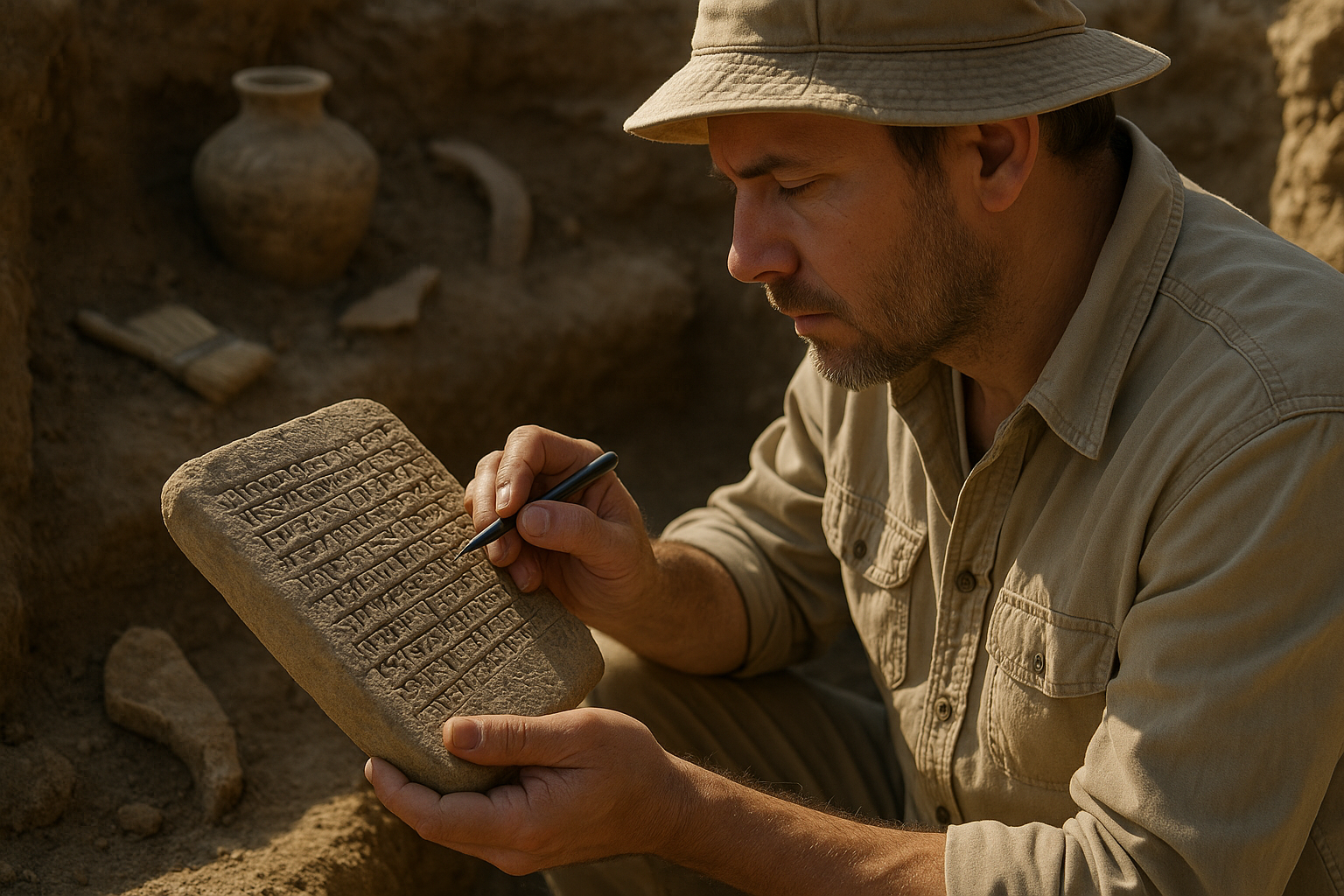Throughout history, whispers of forbidden knowledge hidden in sealed manuscripts have captivated scholars, mystics, and truth-seekers across civilizations, promising revelations that could transform our understanding of reality. 📜
The allure of forbidden texts has persisted through millennia, drawing humanity into a labyrinth of mystery, power, and dangerous wisdom. These sealed manuscripts, locked away in vaults, monasteries, and private collections, represent knowledge deemed too powerful, too subversive, or too dangerous for ordinary minds. But what exactly lies within these cryptic pages, and why have powerful institutions fought so desperately to keep them hidden?
The very existence of forbidden manuscripts challenges our perception of history, religion, and human potential. From ancient grimoires containing alleged magical formulas to suppressed scientific treatises that threatened established paradigms, these documents represent humanity’s continuous struggle between enlightenment and control.
🔐 The Ancient Origins of Forbidden Texts
The concept of forbidden knowledge traces back to civilization’s earliest days. Ancient Mesopotamian cultures spoke of tablets containing divine secrets reserved only for priest-kings. Egyptian mystery schools guarded their wisdom jealously, inscribing sacred knowledge in hieroglyphs that only initiated adepts could decipher.
The legendary Library of Alexandria housed countless texts that disappeared when flames consumed the ancient repository. Scholars today can only speculate about what revolutionary knowledge vanished in those fires. Some historians suggest that certain dangerous texts were deliberately removed before the destruction, hidden away to prevent their contents from destabilizing society.
In medieval Europe, the Catholic Church established the Index Librorum Prohibitorum—a list of prohibited books that Catholics were forbidden to read without permission. This index, maintained for over four centuries, included works of science, philosophy, and theology that challenged official doctrine. The existence of such a comprehensive censorship system reveals the immense power attributed to written knowledge.
📚 Notable Sealed Manuscripts That Changed Everything
Certain manuscripts have achieved legendary status among researchers of esoteric knowledge. The Voynich Manuscript, carbon-dated to the 15th century, remains undeciphered despite intensive cryptographic analysis. Written in an unknown script and filled with bizarre illustrations of unidentifiable plants and astronomical diagrams, this manuscript has resisted all attempts at translation.
The Codex Gigas, also known as the Devil’s Bible, stands as the largest medieval manuscript in existence. Legend claims a monk sold his soul to complete this massive tome in a single night. Beyond the folklore, this text contains the complete Latin Vulgate Bible alongside medical formulas, magical incantations, and historical records that provide invaluable insights into medieval knowledge systems.
The Book of Soyga, once owned by the Elizabethan scholar John Dee, contains complex magical squares and cryptic tables. Dee himself claimed he could not decipher its most mysterious section and allegedly consulted angels through his scryer Edward Kelley to unlock its secrets. The manuscript disappeared for centuries before being rediscovered in the British Library.
The Vatican Secret Archives: Mysteries Behind Locked Doors
Few repositories of forbidden knowledge capture imagination quite like the Vatican Secret Archives. Officially renamed the Vatican Apostolic Archives, this collection spans 85 kilometers of shelving and contains documents dating back over twelve centuries. Access remains severely restricted, with only credentialed scholars permitted to request specific documents.
Conspiracy theories abound regarding what the Vatican might be concealing. Some speculate about suppressed gospels that contradict canonical scripture, while others suggest evidence of extraterrestrial contact or ancient technologies. While most such claims lack substantiation, the archives undeniably contain sensitive historical documents about Church scandals, Inquisition records, and correspondence with controversial figures throughout history.
⚗️ Alchemical Texts and the Pursuit of Transformation
Alchemical manuscripts represent perhaps the most extensive category of forbidden knowledge. These texts, shrouded in symbolic language and allegorical imagery, promised nothing less than the transformation of base metals into gold and the discovery of the elixir of immortality.
The genuine alchemical tradition extended far beyond simple metallurgy. Serious practitioners viewed their work as spiritual transformation, with chemical processes serving as metaphors for inner enlightenment. Manuscripts like the “Book of Aquarius” and the works of Paracelsus contained encoded wisdom about consciousness, matter, and the fundamental nature of reality.
Many alchemical texts were deliberately obscured to protect their authors from persecution. Church authorities viewed alchemy with suspicion, seeing it as potentially demonic. Simultaneously, secular rulers feared that successful alchemists might destabilize economies by creating unlimited gold. This dual pressure forced alchemists underground, where they developed elaborate coding systems to protect their discoveries.
The Emerald Tablet: Cornerstone of Hermetic Philosophy
No discussion of forbidden alchemical knowledge would be complete without mentioning the Emerald Tablet. This brief cryptic text, attributed to the mythical Hermes Trismegistus, contains the foundational principle of Hermetic philosophy: “As above, so below.” This simple phrase encapsulates a sophisticated worldview about the interconnection between macrocosm and microcosm, spirit and matter, heaven and earth.
Countless alchemists devoted their lives to decoding the Tablet’s deeper meanings. Isaac Newton himself, better known for his contributions to physics, spent decades studying alchemical texts and left behind over a million words of alchemical writings. This aspect of Newton’s work remained largely suppressed until recently, as it contradicted the image of the rational scientific mind.
🕯️ Grimoires: Magical Manuscripts of Power and Danger
Grimoires—textbooks of magic—represent some of the most explicitly forbidden manuscripts in Western tradition. These texts promised practitioners the ability to summon spirits, cast spells, create talismans, and gain supernatural powers. Possession of such books could result in execution during various historical periods.
The Key of Solomon, perhaps the most influential grimoire, contains elaborate rituals for summoning and commanding spirits. The text provides detailed instructions for magical circles, invocations, and protective symbols. Despite its attribution to the biblical King Solomon, the manuscript likely dates to the Italian Renaissance.
The Lesser Key of Solomon, or Lemegeton, catalogs 72 demons with specific powers and characteristics. This grimoire became foundational to ceremonial magic traditions and continues to influence modern occult practices. The systematic classification of spiritual entities reveals a medieval attempt to create an organized science of the supernatural.
The Picatrix: Bridging Magic and Astrology
The Picatrix stands as one of the most comprehensive magical texts ever compiled. This massive work synthesizes Arabic, Greek, and Babylonian magical traditions, providing instructions for creating talismans based on astrological timing. The text’s sophistication suggests advanced understanding of astronomical cycles and psychological principles.
Renaissance scholars risked persecution to study and translate the Picatrix. The text’s influence appears in unexpected places, from architectural designs incorporating astrological symbolism to artworks encoding magical principles. The manuscript demonstrates how forbidden knowledge often circulated through elite circles despite official prohibition.
🔬 Suppressed Scientific Discoveries
Not all forbidden manuscripts concern magic or spirituality. Throughout history, scientific discoveries that challenged powerful interests have been suppressed, hidden, or destroyed. These suppressions reveal how knowledge itself becomes dangerous when it threatens existing power structures.
Galileo’s “Dialogue Concerning the Two Chief World Systems” earned him house arrest for supporting Copernican heliocentrism. While eventually vindicated, Galileo’s case illustrates how revolutionary scientific ideas were treated as forbidden knowledge when they contradicted religious doctrine.
Medical texts have faced similar suppression. Andreas Vesalius’s anatomical studies, which corrected centuries of errors perpetuated by Galen, initially faced fierce opposition from the medical establishment. His detailed dissections and illustrations revolutionized medicine but were considered heretical challenges to ancient authority.
Modern Classified Documents: Today’s Sealed Manuscripts
The tradition of sealed manuscripts continues into the modern era through classified government documents. Projects like MKUltra, which remained classified for decades, revealed disturbing experiments in mind control conducted by intelligence agencies. The slow declassification of such documents shows that forbidden knowledge persists in contemporary forms.
Technological suppression also occurs in corporate contexts. Patent applications sometimes disappear into classification under national security grounds. Inventors claiming breakthroughs in energy technology occasionally report suppression by established interests. While verifying such claims proves difficult, the pattern echoes historical examples of knowledge suppression.
📖 The Psychology Behind Forbidden Knowledge
Why does forbidden knowledge exert such powerful fascination? Psychological research suggests that prohibition itself increases desirability—a phenomenon called reactance. When information becomes restricted, it automatically gains perceived value, regardless of actual content.
Forbidden manuscripts also tap into deeper human desires for power, transformation, and transcendence. They promise shortcuts to wisdom that normally requires years of study, or abilities beyond normal human limitations. This appeal remains constant across cultures and historical periods.
The conspiratorial thinking surrounding sealed manuscripts serves psychological functions as well. Believing in hidden knowledge provides explanatory frameworks for complex, chaotic realities. If powerful secrets exist, then the world’s problems have identifiable causes rather than emerging from random complexity.
🌟 Legitimate Lessons from Forbidden Texts
Beyond sensationalism, studying forbidden manuscripts offers genuine insights. These texts preserve alternative perspectives on reality, consciousness, and human potential. They document roads not taken in humanity’s intellectual development, representing experimental approaches to fundamental questions.
The symbolic systems in alchemical and magical texts, for example, contain sophisticated psychological insights. Carl Jung recognized this, incorporating alchemical imagery into his theories of individuation and the collective unconscious. What medieval authorities dismissed as superstition contained encoded wisdom about human psychology.
Forbidden texts also remind us that knowledge is never neutral. Information exists within power contexts, and authorities throughout history have recognized that certain ideas pose genuine threats to established orders. Understanding this dynamic helps us think critically about contemporary information control and censorship.
Preserving and Studying Controversial Manuscripts Today
Modern scholars approach forbidden texts with academic rigor, placing them in historical context rather than treating them as either dangerous artifacts or literal instruction manuals. Digital archives now make previously restricted manuscripts available to researchers worldwide, democratizing access to these historical documents.
Universities house specialized collections of grimoires, alchemical texts, and banned books. These collections serve important historical and anthropological functions, helping us understand how past cultures conceptualized knowledge, power, and reality. The scholarly study of forbidden texts reveals more about human culture than about supernatural forces.

🔮 The Future of Forbidden Knowledge
As information technology advances, the nature of forbidden knowledge evolves. Digital encryption creates new forms of sealed manuscripts—documents that exist publicly but remain inaccessible without proper keys. Blockchain technology enables permanent, uncensorable records, potentially making certain information impossible to suppress.
Conversely, artificial intelligence raises new concerns about dangerous knowledge. As AI systems gain capabilities, questions emerge about whether certain research should be restricted. The debate around publishing details of powerful AI models or biological research with potential misuse mirrors historical arguments about forbidden manuscripts.
The fundamental tension persists: balancing legitimate safety concerns against the principle of open knowledge. Every generation must navigate this balance anew, determining which information requires restriction and which demands free circulation for human progress.
The sealed manuscripts of history—from ancient grimoires to classified government documents—represent humanity’s complex relationship with knowledge itself. They embody our simultaneous fear and desire for transformative information, our recognition that understanding confers power, and our struggle to determine who should control that power. Whether these texts contain genuine secrets or merely reflect the beliefs of their times, they continue to fascinate, inspire, and challenge our assumptions about reality, authority, and the boundaries of acceptable knowledge. 🗝️
As more forbidden texts become accessible through digitization and declassification, we gain unprecedented opportunities to examine what previous generations deemed too dangerous to know. This democratization of formerly restricted knowledge represents a profound shift in human information access, with implications we’re only beginning to understand. The secrets within sealed manuscripts, whether mystical, scientific, or political, ultimately reveal as much about those who forbid knowledge as about the knowledge itself.
Toni Santos is a temporal researcher and symbolic archaeologist specializing in the study of forgotten burial systems, sacred archival practices, and the visual languages embedded in ancient temporal lore. Through an interdisciplinary and artifact-focused lens, Toni investigates how humanity has encoded knowledge, memory, and mystery into the temporal world — across cultures, rituals, and vanished civilizations. His work is grounded in a fascination with time capsules not only as vessels, but as carriers of hidden meaning. From extinct burial ritual practices to mythical codices and secret temporal seals, Toni uncovers the visual and symbolic tools through which cultures preserved their relationship with the temporal unknown. With a background in design semiotics and temporal artifact history, Toni blends visual analysis with archival research to reveal how time capsules were used to shape identity, transmit memory, and encode sacred knowledge. As the creative mind behind eltonxy, Toni curates illustrated chronologies, speculative temporal studies, and symbolic interpretations that revive the deep cultural ties between artifacts, ritual markings, and forgotten messages. His work is a tribute to: The lost temporal wisdom of Forgotten Time Capsule Burial Rituals The guarded archives of Sacred Codices and Forgotten Temporal Archives The mythopoetic presence of Temporal Symbols and Ritual Markings The layered visual language of Vanished Artifacts and Temporal Messages Whether you're a temporal historian, symbolic researcher, or curious gatherer of forgotten chronological wisdom, Toni invites you to explore the hidden roots of time capsule knowledge — one seal, one glyph, one message at a time.




